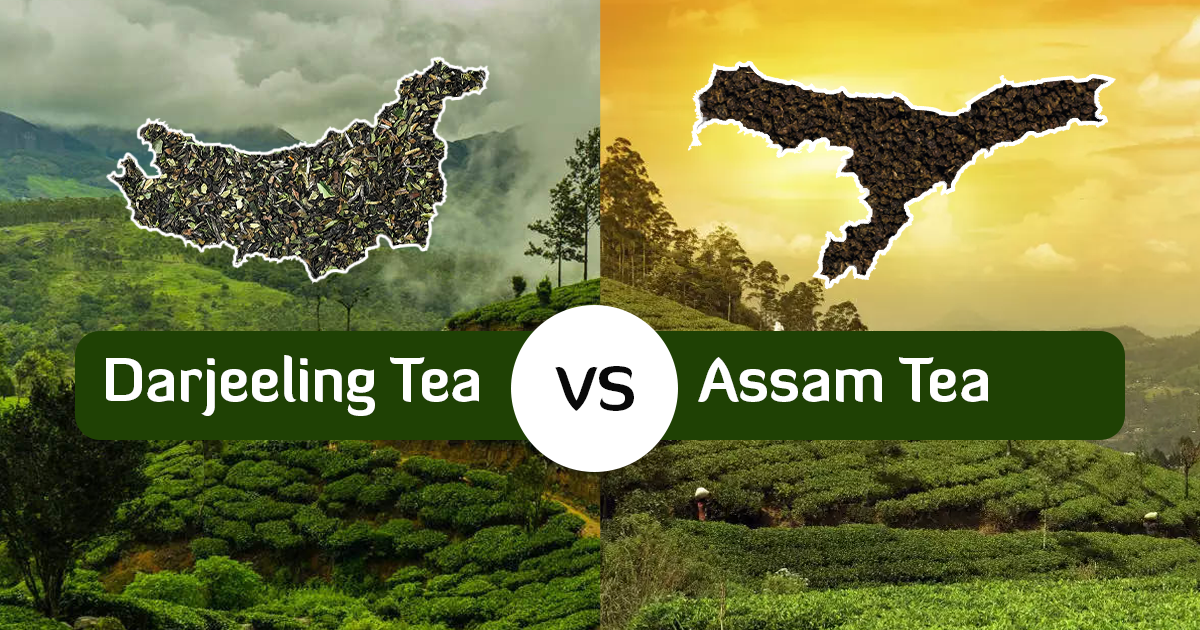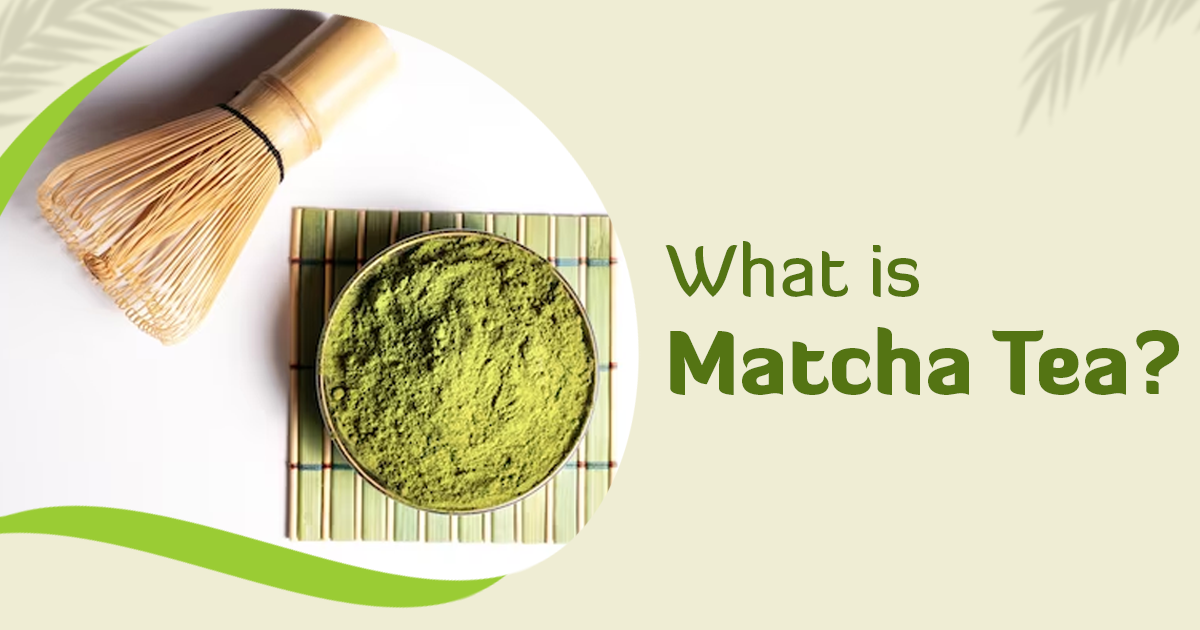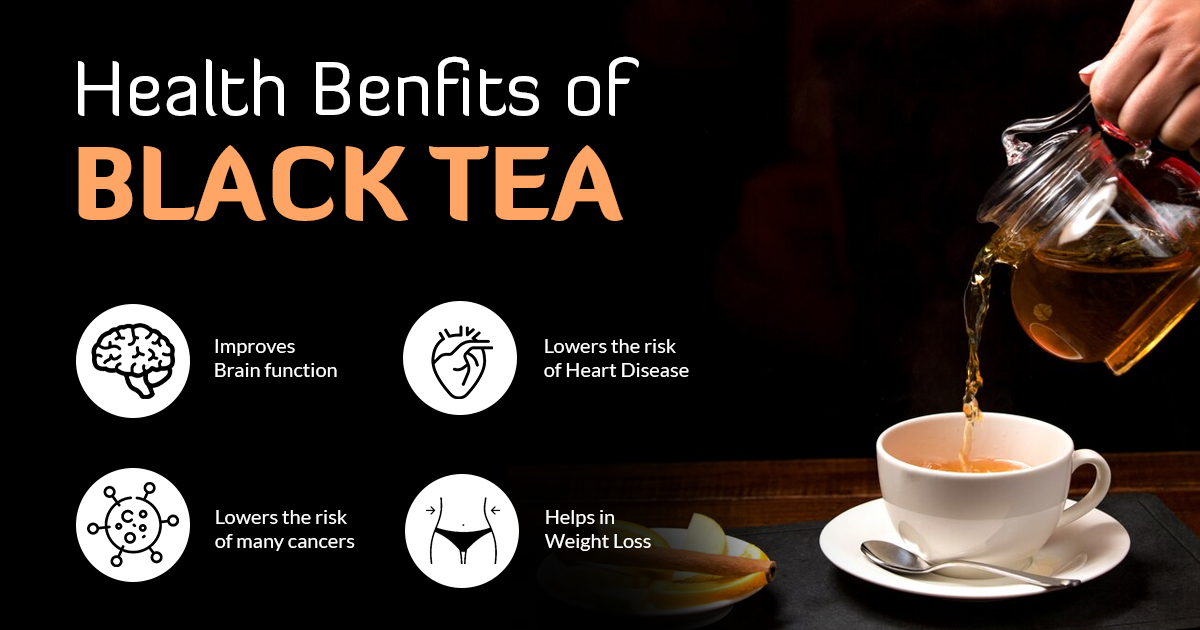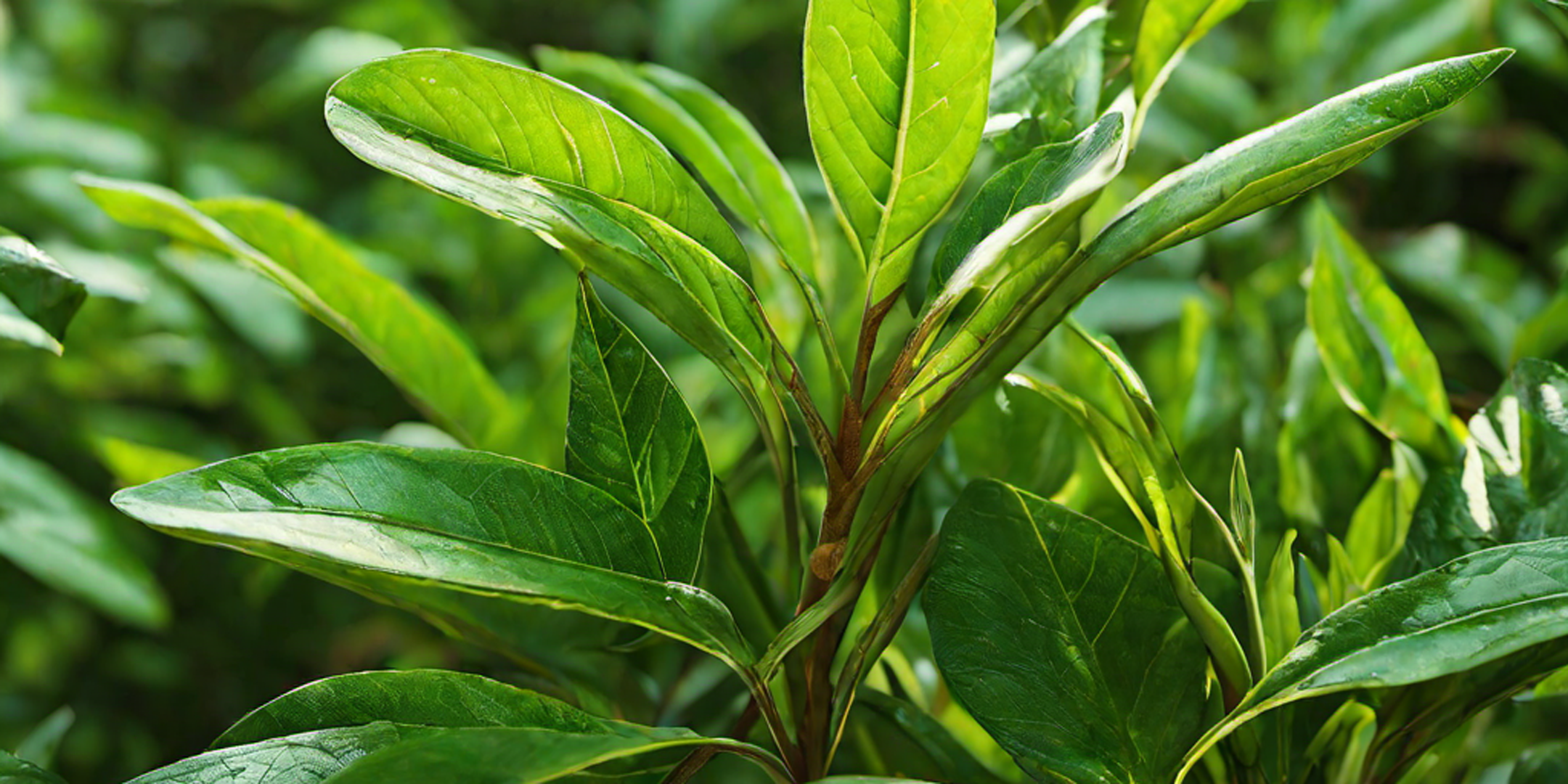Tea, the most consumed beverage worldwide, holds a special place in the hearts of many. In India, the birthplace of tea, two prominent tea-growing regions have gained widespread recognition for their distinct flavors and aromas: Assam and Darjeeling. While both regions are geographically adjacent to each other, their teas possess subtle differences that set them apart. In this comprehensive guide, we will delve into the unique characteristics of Assam tea and Darjeeling tea, exploring their origins, flavors, harvest seasons, availability, and more. So please grab a cup of your favorite brew and join us on this delightful journey of discovery.
Assam Tea: The Robust and Flavorful Brew
Geographical Location
Assam, located in the northeastern part of Bengal, shares a similar climate to Southeast Asia. With its loamy soil, ample rainfall, and hot temperatures, Assam provides the perfect conditions for tea cultivation. The region boasts over 800 tea estates, making it one of the most productive tea regions globally. Assam's vast tea-growing area and favorable climate contribute to its status as the largest tea-growing region in India.
Flavor Profile
Assam tea is famous for its bold and hearty taste, making it a unique tea experience. It has a strong, malty taste with nutty undertones. The tea's bold character makes it an ideal choice for those who prefer a strong cup of tea. Assam tea is best enjoyed with milk and sugar, which help balance its robustness and enhance its taste.
Color and Appearance
In terms of color, Assam tea is dark brown, reflecting its rich and intense flavor. The tea leaves are larger compared to other tea varieties, showcasing their high quality and promising a satisfying brew.
Harvest Seasons
Assam tea has three main harvest seasons: the first flush, the second flush, and the autumn flush. The first flush, occurring in March, offers teas with a fresh, flowery character and golden hues. The second flush, taking place in May, showcases teas with a stronger and spicier profile, characterized by deep brown hues. The autumn flush yields teas with lighter liquors and milder flavors.
Availability
Due to Assam's favorable climate, tea production occurs throughout the year. Assam teas are readily available and widely consumed, making them more accessible and affordable compared to their counterparts.
Tea Leaf Grading
After processing, Assam teas are graded based on their appearance and quality. The grading system includes various categories such as OP (Orange Pekoe), FOP (Flowery Orange Pekoe), Golden Flowery Orange Pekoe, often abbreviated as GFOP, and Tippy Golden Flowery Orange Pekoe, commonly denoted as TGFOP, FTGFOP (Finest Tippy Golden Flowery Orange Pekoe), and SFTGFOP (Special Finest Tippy Golden Flowery Orange Pekoe). These grades help consumers identify the tea's quality and characteristics.
Darjeeling Tea: The Champagne of Teas
Geographical Location
Darjeeling, a town in the Indian state of West Bengal, is nestled in the foothills of the majestic Himalayas. Its unique geographical location, combined with specific weather conditions, contributes to the distinctive flavor of Darjeeling tea. The region is the hub of over 80 tea estates, covering an area of more than 17,500 hectares and producing over 9 million kilograms of tea annually.
Flavor Profile
Darjeeling tea is often hailed as the "champagne of teas" due to its delicate and refined flavor. It offers a complex taste profile with fruity and floral notes. The tea's muscatel flavor, reminiscent of grapes, sets it apart from other varieties.
Color and Appearance
Darjeeling tea exhibits a bright greenish hue, occasionally even a light golden shade. Its leaves are smaller compared to Assam tea leaves, and during the drying process, fine hairs on the bottom of the leaves may fall out, further enhancing the tea's visual appeal.
Harvest Seasons
Darjeeling tea benefits from four distinct harvest seasons: the first flush, second flush, third flush, and autumn flush. The first flush, occurring in March and April, yields teas with a delicate and flowery character. The second flush, taking place in May and June, offers teas with a mature appearance and fruity, muscatel flavors. The third flush, harvested after heavy rainfall in September, produces teas with deeper colors and stronger flavors. The autumn flush showcases teas with naturally fruity flavors, thanks to the large leaves that develop during this season.
Availability
Due to Darjeeling's smaller area and challenging weather conditions, the availability of Darjeeling tea is limited compared to Assam tea. The unique flavor and limited supply contribute to higher prices for Darjeeling tea.
Tea Leaf Grading
Darjeeling teas are also graded based on their appearance and quality. The grading system includes categories such as SFTGFOP (Special Finest Tippy Golden Flowery Orange Pekoe) and FTGFOP (Finest Tippy Golden Flowery Orange Pekoe), denoting the tea's exceptional quality and rarity.
Assam Tea vs Darjeeling Tea: Key Differences
Climate
The climate plays a significant role in shaping the flavors and characteristics of Assam and Darjeeling teas. Assam's hot and humid climate, coupled with ample rainfall, creates the ideal conditions for tea cultivation. In contrast, Darjeeling experiences harsher and colder weather due to its higher altitude, which slows down tea production but contributes to the tea's unique flavor.
Cultivation Process
Assam tea undergoes two main processing methods: Orthodox and CTC (Crush, Tear, Curl). Orthodox processing involves hand-rolling the tea leaves, preserving their natural shape and allowing for a more nuanced flavor. CTC processing, on the other hand, involves mechanically crushing and tearing the leaves, resulting in small pellets that brew quickly and produce a bold, robust cup of tea. In contrast, Darjeeling tea primarily undergoes Orthodox processing, emphasizing the preservation of the tea leaves' delicate flavors.
The taste and flavor of Assam tea differ from that of Darjeeling tea. Assam tea is known for its robust, malty taste with nutty undertones. It pairs well with milk and sugar, resulting in a comforting and flavorful cup of tea. On the other hand, Darjeeling tea offers a more delicate and nuanced flavor profile, with fruity and floral notes. It is best enjoyed on its own, allowing its complex flavors to shine.
Price and Availability
The availability and pricing of Assam and Darjeeling teas differ due to various factors. Assam tea, being more easily accessible and produced in larger quantities, tends to be more affordable. In contrast, Darjeeling tea's limited supply and high demand contribute to its higher price point.
Choosing Between Assam Tea and Darjeeling Tea
When it comes to choosing between Assam tea and Darjeeling tea, it ultimately boils down to personal preference. If you prefer a robust cup of tea, Assam tea is the ideal choice. Its malty flavor and ability to pair well with milk and sugar make it a popular option for those seeking a comforting and flavorful brew. On the other hand, if you appreciate delicate and nuanced flavors, Darjeeling tea is a perfect fit. Its fruity and muscatel notes, coupled with its champagne-like qualities, offer a unique and elegant tea-drinking experience. Whichever tea you choose, both Assam and Darjeeling teas showcase the rich diversity and exquisite craftsmanship of Indian tea.
Brewing Tips
To make the most of your Assam or Darjeeling tea, follow these brewing tips:
- Start with fresh, cold water
- Warm your teapot or cup in advance to maintain the perfect temperature.
- For Assam tea, use boiling water (100°C) and steep for 3-5 minutes.
- For Darjeeling tea, use water around 85°C and steep for 2-3 minutes.
- Set how long you steep it and the heat of the water to make the tea just the way you like it.
- Experiment with different steeping times and water temperatures to discover your perfect cup.
Conclusion
Assam tea and Darjeeling tea, though geographically close, offer distinct flavors, aromas, and experiences. Assam tea's robust and malty profile, coupled with its affordability and availability, appeals to those seeking a strong cup of tea. On the other hand, Darjeeling tea's delicate and nuanced flavors, often described as the "champagne of teas," cater to those who appreciate elegance and complexity. Whichever tea you choose, Assam and Darjeeling teas represent the rich tapestry of India's tea heritage, providing a delightful journey for tea enthusiasts worldwide. So, whether you're sipping on a hearty Assam brew or indulging in the refined flavors of Darjeeling, embrace the diversity and richness that tea has to offer.




